Contents
Istanbul is a bustling sprawl of a city, so when the constant traffic noise starts to wear you down, one of the top things to do is take a break in one of the city’s parks.
If you’re visiting the attractions and monuments amid the historic district of old Istanbul (Sultanahmet and its surrounding neighborhoods), one of the best places to visit and most convenient to take a break in is Gülhane Park, which sprawls in a much-needed swath of green around Topkapı Palace.
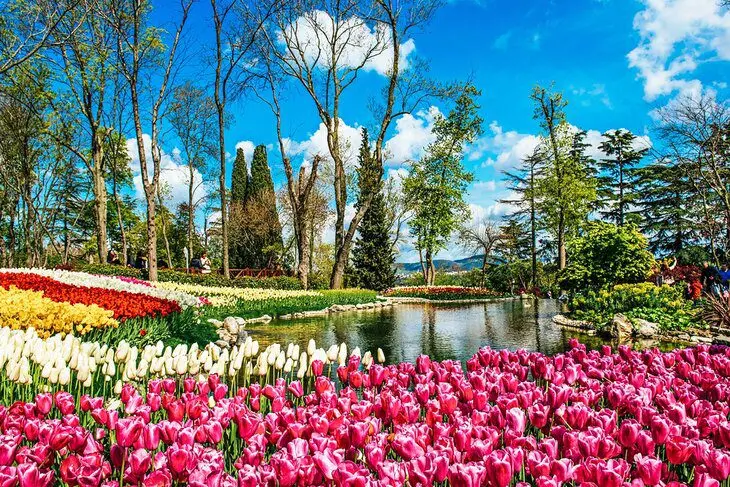
Outside of the city’s core, though, you’ll find several other large parks. Some like Yıldız Park, and Emirgan (outside of the metropolitan center), also have historic connections, having once been the private properties of grand palaces during the Ottoman era.
Today, most of Istanbul’s parks are free to enter. Weekend picnicking is one of the top things to do for Istanbul locals during the summer months, so you’ll find many have dedicated picnic areas. Family-friendly facilities, such as children’s playground areas, are also common.
Some green areas, including Pierre Loti Hill and Çamlıca Hill, are not officially parks but are welcome slices of green within the city. They’re very popular places to visit to stroll and take in the views of the city from their hilltops, particularly at sunset.
Find out which parks to add into your city visit with our list of the best parks in Istanbul.
1. Gülhane Park
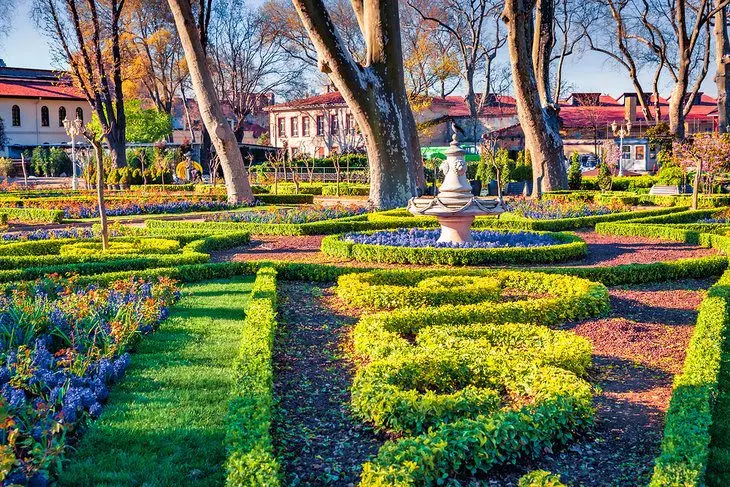
Gülhane is Istanbul’s most famous park and the city green space most tourists visit.
This entire area was Topkapı Palace’s private gardens, closed off to all except the sultan and members of his royal court during the Ottoman era.
Today the grounds are home to both the palace and Istanbul Archaeological Museum, as well as two other small museums: the Istanbul Museum of Science and Technology in Islam and the Ahmet Hamdi Tanpınar Literature Museum.
The park itself is a much welcome slice of nature within Istanbul’s historic center, filled with formal flowerbeds and ponds between winding tree-lined paths.
Come in spring to see the park’s famed tulip displays. Istanbul’s annual tulip festival officially runs through the month of April but, depending on the weather, you could see the tulips in bloom from late March. You’ll see tulip displays across the city at this time, but it’s worth a trip to one of the main parks, such as Gülhane, to appreciate the full effect.
Stroll up to the park’s northeastern side for far-reaching vistas across both the Bosphorus Strait and Marmara Sea.
The main entrance to Gülhane Park is on Alemdar Caddesi, directly down the hill from the Hagia Sophia. The Gülhane tram stop is opposite the park’s main gate.
Address: Alemdar Caddesi, Sırkecı
2. Maçka Park
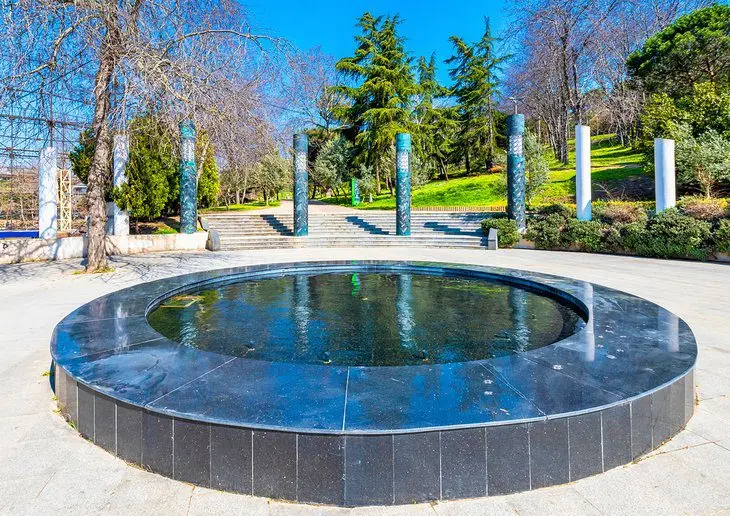
One of the most popular parks in Istanbul, on a sunny weekend Maçka (full name: Maçka Demokrasi Parkı) is always full of picnicking families, dog-walkers, and people strolling and running.
A welcome green space in the central city, the park still has standing areas of dense thickets of trees including linden, chestnut, oak, sycamore, ash, alder, and walnut.
The paths leading through the park lead to children’s playground areas, formally set-out gardens, lawns for picnickers to use, and manmade ponds. There are also areas with exercise equipment (a very common component of many Turkish parks).
If you want an overhead view of the park, hop on the cable-car (called the Maçka-Taşkışla Teleferik), which runs west-east over the central grounds of the park.
The Maçka cable-car station is accessed from the park’s eastern side. The cable-car was built for, and is mostly utilized by, students and staff at Istanbul Technical University, which has campuses on either side of Maçka Park.
The lowest point of Maçka Park is just northwest of Dolmabahçe Palace and is easily combined with a visit to the palace. To get to both, the nearest tram stop is Kabataş.
Address: Kadırgalar Caddesi
3. Yıldız Park
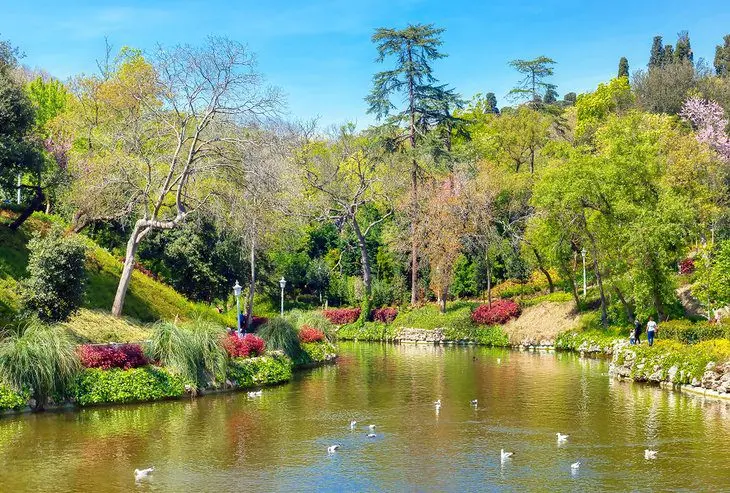
Yıldız Park was once the sultan’s private hunting ground and part of the grounds of Yıldız Palace, which was used as the main residence of Sultan Abdülhamid II (reigned 1876-1909), walled off to all but the royal court.
The park, which runs all the way down the hill slope to Çırağan Palace (now a luxury hotel), has panoramic views across the Bosphorus and as one of the largest green spaces in the city, is hugely popular on the weekends.
Some small areas of the park are still dense woodland with oak, pine, yew, and ash trees among the tree species found here. A series of walking trails wind up and down the hill, through the park, leading to an artificial lake, to picnic areas, and to the park’s restaurants.
Facilities within the park for families are excellent, with various children’s playgrounds scattered within the grounds. For runners, there’s a dedicated running track.
For the most scenic journey here, take the ferry to Beşiktaş and disembark there.
Address: off Çırağan Caddesi, Beşiktaş
4. Sultanahmet Park

The grand Sultanahmet Park sits between Istanbul’s most famous monuments, the Sultanahmet Mosque (more commonly known as the Blue Mosque) and the Hippodrome at the park’s southern end, and the Hagia Sophia (Aya Sofya) marking the north.
Unsurprisingly, the area is always bustling with visitors snapping photos of the domes and minarets of both the Blue Mosque and Hagia Sophia. Make sure to come back in the evening for great night shots of the monuments lit up.
Small formally planted gardens are set between paved plazas, while a fountain sits at the park’s midway point. During Istanbul’s Tulip Festival in spring, the gardens here are a riot of tulip blooms.
There are various street vendors, as well as cafés dotted throughout the area for those who need to fuel up before continuing their sightseeing.
Address: Divanyolu Caddesi, Sultanahmet
5. Pierre Loti Hill
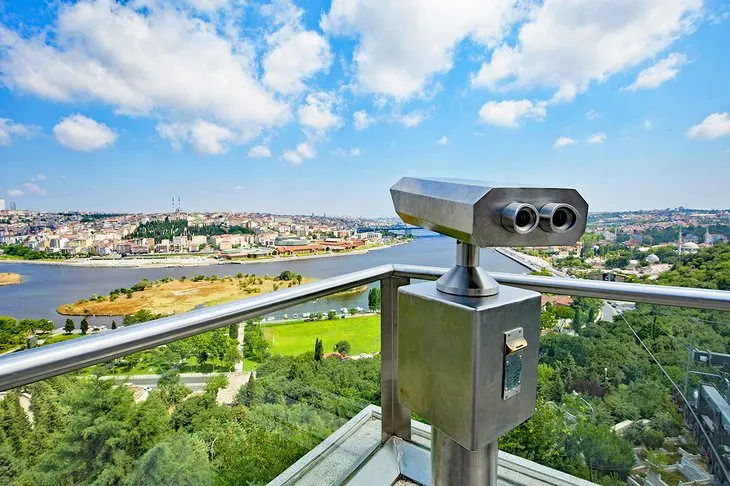
Although not actually a park, this forested hill in Eyüp, interspersed with historic cemeteries, is a large swath of green space with one of Istanbul’s most famous waterway views from the summit.
A well-cared for path meanders all the way up the hill, through the Eyüp cemeteries, which is not only one of Istanbul’s biggest, but also oldest, cemetery areas. If you don’t feel like you need the exercise, take the cable car (the Eyüpsultan Teleferik), over the hillslope, up to the top instead.
At the top, is the famous vista of Istanbul’s Golden Horn, as impressive after sunset, with all the city lights twinkling, as it is during the daytime. The café area here is hugely popular with locals who come to sip tea, relax, and take in the views.
The hill is named after French author Pierre Loti who lived in Eyüp in the 1870s.
To get to Pierre Loti hill, take the new tram line that runs from Cibali tram stop (just north of the Atatürk Bridge) and disembark at Eyüpsultan tram stop.
For some historic sightseeing before climbing the hill, visit the Eyüp Sultan Mosque at the hill’s base beforehand. This is the holiest site in Istanbul.
Although the current mosque standing here was built in the 19th century, the first mosque on this site was built by Mehmet the Conqueror in the 15th century. It’s home to the tomb of Ebu Eyyub el-Ensari, a companion of the Prophet Muhammad who died here during a failed Arab attack on Byzantine Constantinople in the 7th Century.
Address: Bahariye Caddesi, Eyüp
6. Emirgan Park
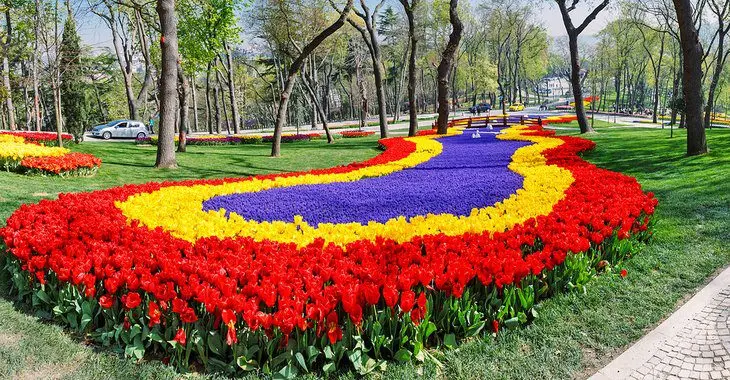
Outside of the Istanbul metropolitan area, on the European side of the Bosphorus coast (18 kilometers north of central Istanbul), Emirgan Park is a vast slice of greenery incorporating both woodland and formal gardens that provides a welcome respite from the city bustle.
A trip out here is particularly worthwhile in spring, as Emirgan Park is one of the main focuses of the Istanbul Tulip Festival, and through the month of April, its formal gardens in the central section of the park are abloom with dazzling multi-colored tulip displays.
Emirgan Park was once the property of Egypt’s Khedive Ismail (reigned 1863-1879) who was deposed from Egypt by the British and Ottomans but allowed to live out the rest of his life in exile here.
The park (which covers 325,000 square meters) is a rambling place, with various 19th-century pavilion buildings now housing cafés and restaurants, lawns for picnickers, children’s playground equipment, a large lake area at the center, and a vast array of meandering paths covering the grounds. There are great vistas over the Bosphorus from various points.
From central Istanbul there are regular buses between Taksim and Emirgan, and you can also catch the ferry to Emirgan from Eminönü.
7. Nakkaştepe Garden
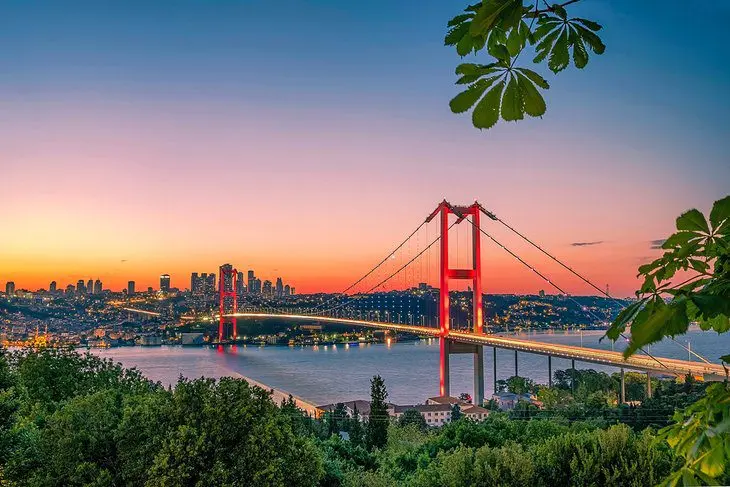
One of Istanbul’s newest park areas, Nakkaştepe, on Istanbul’s Asian shore, has been designed to offer families plenty of activities for a day in the park.
The park has plenty of well laid-out paths and terraces looking out across the Bosphorus to the European shore beyond if you simply want to take in the views. There are also areas specifically dedicated to children, with playground equipment and an adventure-activity park that includes a zipline.
Specific areas within the park, under the shade of trees, have been landscaped for picnickers to comfortably use, and there’s a café on-site as well if you don’t want to bring your own food.
Nakkaştepe can be reached by regular bus from Üsküdar.
Address: Kuzguncuk, Üsküdar
8. Atatürk Arboretum
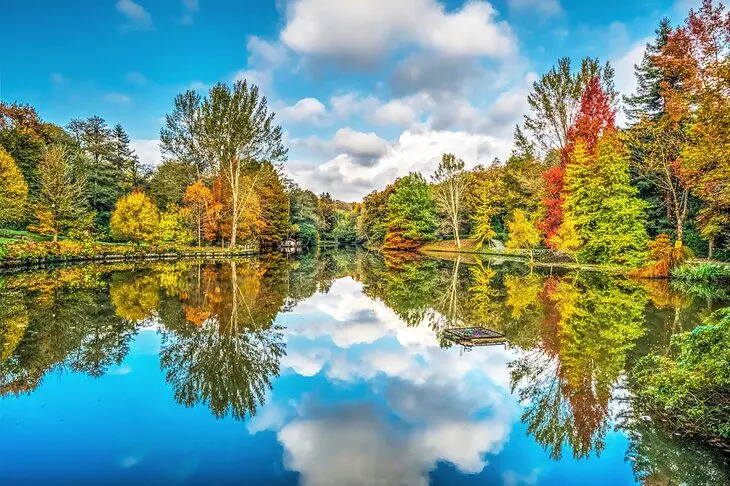
This nature park, outside of the city in the Sarıyer district, on the European shore, is a much needed peaceful forest area for city-siders.
It is part of the Belgrad Forest and began life as Turkey’s first tree nursery in 1916. Work to make this area into an arboretum began in the 1950s, but it wasn’t until the 1980s that this 296-hectare area was named and developed.
Over 2,000 different tree species can be seen in the densely forested park, with shady tree-lined trails leading between tranquil lakes.
Come in fall to see the arboretum at its best, with its many deciduous trees showcasing a kaleidoscope of yellow and red leaves.
Because the arboretum is used for scientific studies by Istanbul University’s Faculty of Forestry, the park rules for visitors are quite strict. Fallen leaves cannot be picked up and taken home, food and beverages (except water) cannot be brought in, and pets and bikes are banned.
The arboretum is 30 kilometers north from the historic district of Sultanahmet in the city center. To get here by public transport, you can take the M2 Metro to Haciosman and then the bus to Bahçeköy from where it’s a short walk to the entrance.
9. Çamlıca Hill
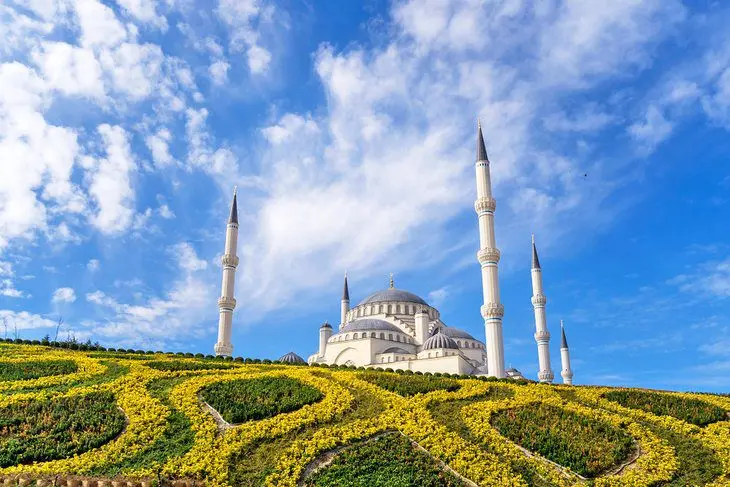
If you’re looking for a contemporary view with the Bosphorus, city sprawl, and high-rises all in the distance, Çamlıca is the place to come.
This hilltop park, sitting at 268 meters, is popular for its terraces offering panoramic photos of the city despite the fact that its position makes it much too far away to offer the iconic minaret-filled Istanbul skyline vistas.
The recently opened and rather controversial Çamlıca Tower on the hill offers a higher vantage point for photo snappers, rising up to 369 meters (the tallest building in the city) from its two observation floors and two restaurants.
Dominating the northern side of Çamlıca Hill is the modern (finished in 2019) Çamlıca Mosque, now the largest mosque in Turkey. Based on traditional Ottoman mosque design, the mosque can hold 63,000 worshippers.
To get here, the nearest metro station is Kısıklı on metro line 5.
Address: Kısıklı Büyük Çamlıca Caddesi, Üsküdar
10. Otağtepe-Fatih Park
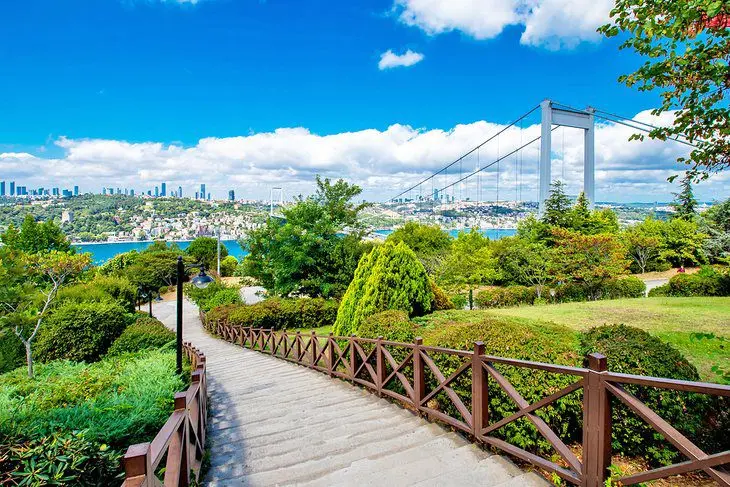
Outside Istanbul’s metropolitan area (27 kilometers northeast of the central city) Otağtepe-Fatih Park offers some of the Bosphorus region’s most dramatic views.
The park is on the Asian shore of the Bosphorus, just south of the Fatih Mehmet Sultan Bridge, and this bridge dominates the views while the 15 July Martyr’s Bridge can also be seen in the distance to the south.
There are plenty of walking trails to explore, meandering past ponds and areas of dense tree thickets, but Otağtepe-Fatih Park has been deliberately kept as a natural area with no facilities, so there are no cafés and restaurants inside the park area, and picnicking on the lawns is not allowed.
Address: Beykoz
11. Saraçhane Park
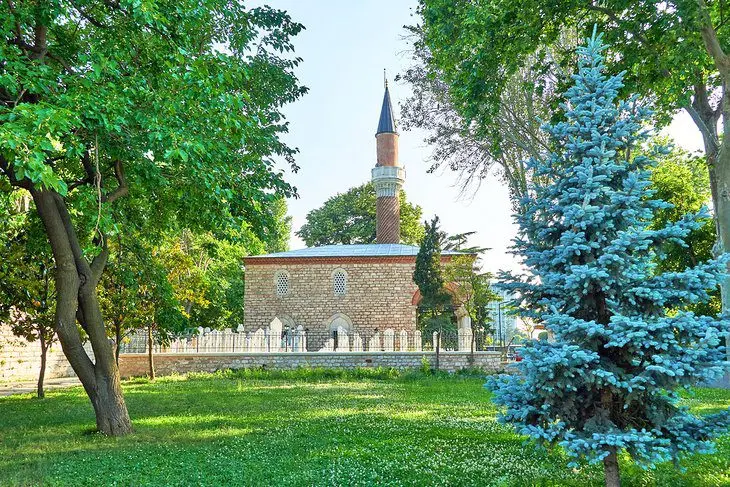
This is actually three small parks separated by the major road intersections of Atatürk Bulvarı and Fevzi Paşa Caddesi.
The eastern section is Saraçhane Park, a tree-filled green space popular with local dog-walkers and joggers, and home to well-maintained children’s playground spaces.
The western edge of the park, along Atatürk Bulvarı, borders the 4th-century Valens Aqueduct, while at the park’s eastern end is the 16th-century Burmalı Mosque.
Cross Atatürk Bulvarı, to enter Fatih Memorial Park, which is centered around a statue commemorating Mehmet the Conqueror.
Both these parks have plenty of bench space and are popular places for shoppers and office workers taking a break from the bordering busy streets.
From Fatih Memorial Park, head south across Fevzi Paşa Caddesi to Saraçhane Archaeological Park, which contains the foundational remains of the 5th-century Byzantine Church of Polyeuctos. As this section of the park is an open-air museum, there are no recreational facilities here, just paths leading past the ruins.
Address: Atatürk Bulvarı, Fatih









